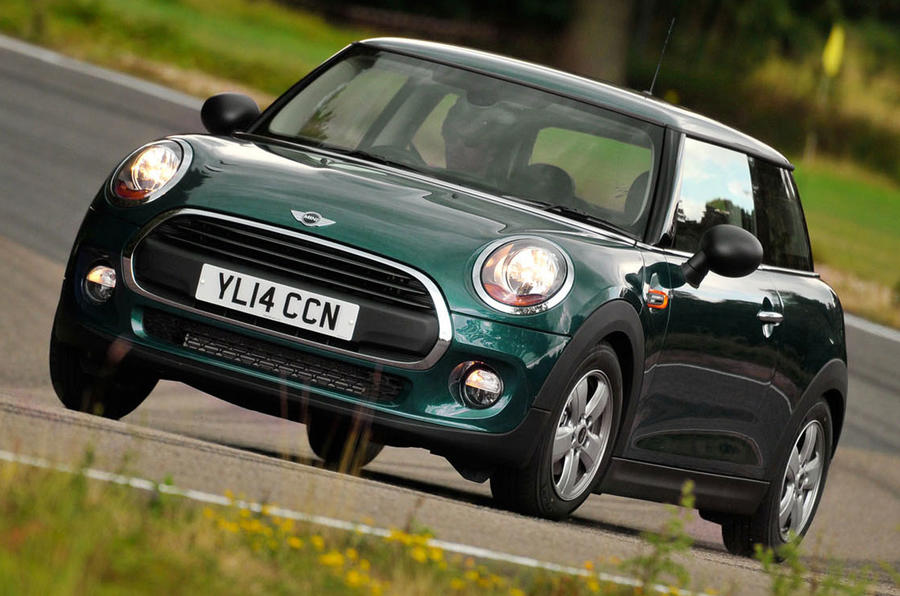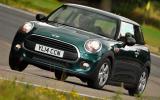As is usually the norm with press cars, our test vehicle was laden with optional items – but looking beyond that, for a moment, there is no sign that this is an entry level variant.
Cabin quality is the same as in more expensive Minis, with a strong sense of robustness and a solid feel to most of the materials used inside, with just the right amount of soft-touch plastics.
The centre console keeps the oval display from the previous model, even if the speedometer is no longer there. The driving position is near perfect, lower than in most superminis and with an almost vertical steering wheel.
The 6-speed manual gearbox sampled here has a nice mechanical feeling and pedals have the right weight. The diesel engine is very refined; you really need to step outside the car to hear to the typical clatter.
There are no vibrations coming from the three pot, either, unless you push it all the way to the redline, which is missing the point in a car like this.
Make no mistake, though, this is still very much a Mini in the sense that dynamically it is always ready to play. Ask it to turn sharply and it will obey with gusto.
But the One D is foremost made for city driving. In slow-moving traffic there is no lack of torque at low and middle revs, and the engine is always smooth and strong. Sometimes its very low noise output even makes the driver forget that there are other ratios above third and fourth to choose from.
The Mini's suspension still isn’t the most comfortable in the segment but is otherwise tolerable, and the test car’s energy saver tyres are perfectly adequate for the mission at hand.
In town, the claimed average 72.3 mpg fuel economy felt realistic but where it really impressed was on the motorway, where we reached 72.4 mpg with ease. The three available driving modes – Sport, Mid and Green – really do make a difference, though it’s only in the latter that you’ll see the kind of economy achieved here.
Of course, with this kind of power-to-weight ratio, do not expect much in terms of performance. It's when your start to push on a little bit, outside town, that you realise this is not a Cooper D.















Join the debate
Add your comment
One of
Did Autocar really get 72.4mpg?
Where are the MINI / MAXI comments?